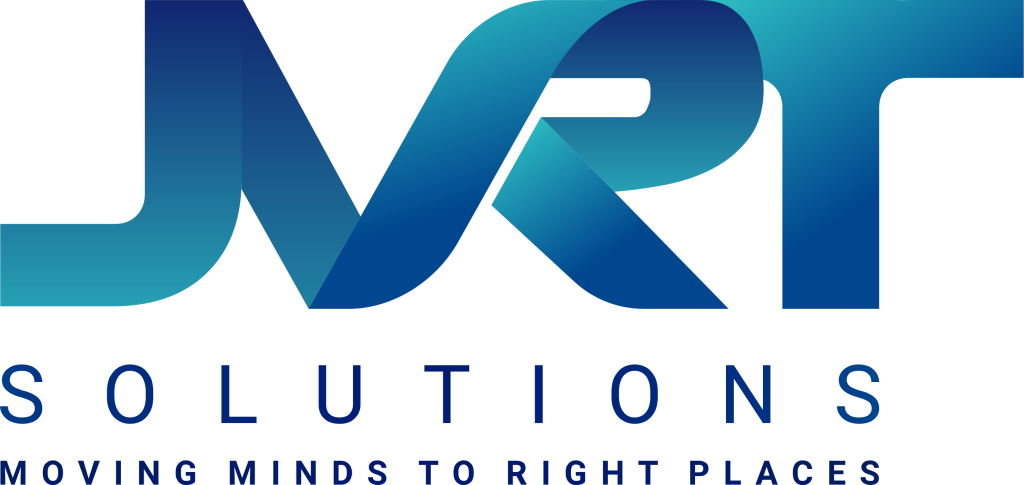Platform Modernization
Trying to solve business problems with decades old technology can be painful. You’re stuck working within rigid and inflexible infrastructure, spending money to maintain an outdated system, and suffering from unreliable performance. Even if you’ve been fine tuning your aging systems, it might be time to consider platform modernization.
Sometimes called legacy modernization or legacy application modernization, platform modernization is the process of updating the infrastructure, architecture, and the features of existing platforms to bring them up to current standards, as well as to set the stage for rapid digital product development.
Benefits of platform modernization
Many companies are reluctant to begin the process of platform modernization. It takes research, planning, roadmaps, and resources. In our experience, the primary reason organizations undertake the effort is to be able to get updates to the market quicker, opening new revenue opportunities. Here are some of the benefits of platform modernization:
Customer Experience
Customer expectations for improved digital experiences continue to rise. In order to add new features that customers will choose, companies must be nimble and adapt quickly. Older platforms simply don’t perform and aren’t set up to accommodate the rapid iterations necessary to continually fine tune customer experiences. By setting up a modernized platform to focus on regular product enhancements, companies can quickly meet customers’ continually evolving expectations.
Generate revenues
Modernizing platforms help businesses to boost their revenue streams. In order to grow their business, companies can add new services or processes that will improve the top line. Legacy products don’t offer the same flexibility as modern applications and bringing new revenue-generating features to market on a dated platform is typically so slow that you risk being beaten by a competitor.
Move to cloud-based applications
Cloud-native applications are built using microservices architecture and delivered using containers. They are designed to run anywhere: on premise, in the public cloud or in a hybrid environment. When it comes to enterprise software development, the industry has evolved significantly over the past few years. Organizations are moving away from monolithic architectures to microservices and containers for building their applications. The benefits of adopting these new technologies is enormous for enterprises because it gives them flexibility to deploy applications quickly, improves performance, and reduces overall costs associated with maintenance of legacy systems.
Improved security
Old, outdated digital products may contain unknown or identified security vulnerabilities. Newer applications receive bug fixes and upgrades to protect against new threats. Therefore, using modernized software is critical for protecting data in your company.
Improved integrations and functionality of existing applications
If you’ve ever performed a tedious task involving two separate applications and wished it were easier to streamline, then you already know one of the benefits of application modernization.
One example you may have experienced is the process of extracting information from a legacy application for analysis. In many cases, it involves manual work, either using files or directly querying the database. From there, the resulting data is added to a modern processing infrastructure, where it combines with data from other sources. Because of the manual nature of this task, you’re unable to make real-time decisions. Modern applications can do this continuously rather than one time a day—or even once a week—giving you the ability to make quick decisions.
Because application modernization improves the way each element of your tech stack integrates with other systems and improves the functionality of your business.
Scaling performance
Application modernization enables scalability, which is the ability to easily add or subtract resources depending on demand. Companies utilizing outdated platforms find they are difficult to scale and frequently encounter performance issues. With the massive amounts of support needed, monoliths and their complexity can hinder your company’s ability to innovate.
